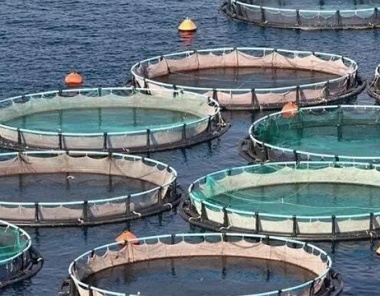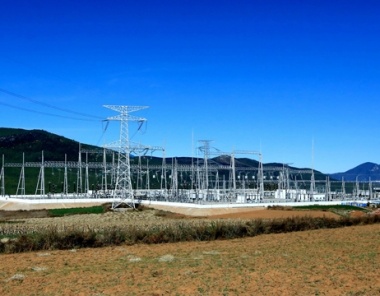cultural and sports facilities
2025-07-11
The increasing prevalence of drones has raised concerns regarding safety and security at cultural and sports facilities. As these venues often attract large crowds, the potential for malicious drone activities—such as spying, disruption, or even attacks—has prompted the need for effective anti-drone systems. Here are several approaches and technologies that can be applied to enhance safety at these facilities:
1.Detection Systems
Radar Systems: Use radar to detect drones flying in restricted airspace. These systems can identify the size, speed, and direction of drones, providing real-time tracking.
RF (Radio Frequency) Detection: Drones communicate with their operators via RF signals. RF detection systems can intercept these signals to locate and track drones.
Optical Sensors: Cameras equipped with computer vision algorithms can visually identify and track drones. Infrared cameras can also be used for night-time detection.
2.Identification Systems
Drone Identification: Implement systems that can identify registered drones and their operators using technologies like Remote ID, which allows authorities to track drone activity and ensure compliance with regulations.
3.Mitigation Technologies
Jamming: RF jamming devices can disrupt the communication between a drone and its operator, forcing it to land or return to its point of origin. However, this method must be used cautiously due to legal restrictions and potential interference with other communications.
Net Capture Systems: Deploy systems that can physically capture drones using nets, either launched from the ground or from other drones. This method allows for the safe retrieval of the drone without causing harm to bystanders.
Laser Systems: High-energy lasers can disable drones by damaging their electronics or propulsion systems. This method requires precise targeting and may have safety implications.
4.Integrated Security Solutions
Multi-Layered Security Approach: Combine various detection and mitigation technologies with existing security measures, such as surveillance cameras, security personnel, and access control systems.
AI and Machine Learning: Use AI algorithms to analyze data from multiple sensors, improving the accuracy of drone detection and reducing false positives.
5.Regulatory Compliance and Coordination
Collaboration with Authorities: Work with local law enforcement and aviation authorities to ensure compliance with regulations and to develop response protocols for drone incidents.
Public Awareness Campaigns: Educate the public about the risks associated with unauthorized drone use and encourage reporting of suspicious drone activity.
6.Event-Specific Planning
Risk Assessment: Conduct thorough risk assessments for specific events, considering factors such as expected attendance, venue layout, and potential threats.
Emergency Response Plans: Develop and practice emergency response plans that include drone-related incidents, ensuring that staff and security personnel are prepared to act quickly and effectively.
7.Engagement with Drone Operators
Pre-Event Coordination: Communicate with local drone operators to inform them of no-fly zones during events and encourage responsible drone usage.
Drone-Free Zones: Designate specific areas around cultural and sports facilities as drone-free zones, with clear signage and legal enforcement.
Conclusion
Implementing an anti-drone system in cultural and sports facilities requires a comprehensive approach that integrates technology, regulatory compliance, and public awareness. By proactively addressing the potential risks associated with drones, these venues can enhance the safety and security of attendees, staff, and cultural assets.
← Prev Post
Next Post →
Related Info










